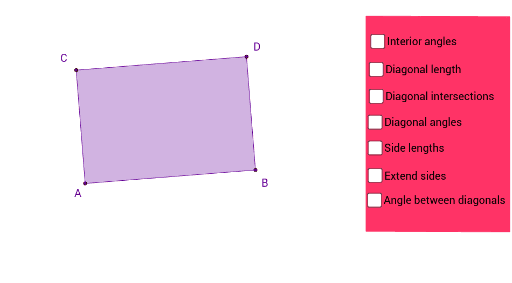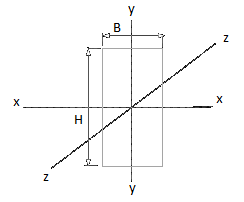

In each case, the moment of inertia is divided by half the cross-sectional height, or thickness. What may not be as immediately clear is that the -shaped cross section (Figure 1.49 b) has an area, A = ( B × H) – ( b × h), and the circular ring (Figure 1.49 d) has an area, A = π R 2 – π r 2, where R is the outer and r is the inner radius.įor the circular shapes, S x = I x/ R (Figures 1.49 c and 1.49 d). AreaĬross-sectional areas are easily determined: for rectangles, the area A = B × H (Figure 1.49 a) and for circles, A = π R 2 (Figure 1.49 c). What follows is a brief overview and summary ofthe major cross-section properties encountered in structural analysis and design, followed by a discussionof tension, compression, and bending. Instead, the load or moment that anelement can safely resist can only be determined when information about the element's cross sectionand material properties is considered: clearly, a large cross section is stronger than a small one.But "large" in what way? The cross-sectional properties relevant to the determination of structuralsafety and serviceability are different for tension elements, columns, and beams and are, therefore,discussed more fully in their appropriate context. The magnitude of internal forces and bending moments do not, by themselves, give any indicationas to whether a particular structural element is safe or unsafe. 1 Appendix Chapter 1 – Introduction to structural design: Strength of materials Introduction to structural design | Statics | Tributary areas | Equilibrium | Reactions | Internal forces | Indeterminate structure | Material properties | Strength of materials | Sectional properties | Construction systems | Connections | Ch. The top and bottom pentagons are the bases and the rectangles are the faces.Contents | 1. The net of a pentagonal prism consists of 2 pentagon-shaped faces located at the top and bottom of the shape along with 5 rectangle-shaped sides. But a cylinder has curved surfaces, therefore, it is not a prism. Is a Cylinder a Prism?Ī prism is a polyhedron that has only flat faces. 5 vertices are there on the top face and five vertices are there on the bottom face. There are ten vertices in a pentagonal prism, at both the pentagonal bases of the figure. How many Vertices does a Pentagonal Prism have? The volume of a pentagonal prism can be calculated using the following formula: V = 5/2 × a × b × h. What is the Formula for the Volume of a Pentagonal Prism? The surface area of a pentagonal prism can be found out using the following formula: A = 5ab + 5bh. What is the Formula for the Surface Area of a Pentagonal Prism?

It includes 2 pentagonal bases and 5 rectangular faces. What is a 3-D Pentagon called?Ī three-dimensional shape that includes pentagons is a pentagonal prism. The other faces of a prism are usually parallelograms and rectangles. These identical shapes are called bases, which can be a square, triangle, or any polygon. What is the Definition of a Prism?Ī prism is a 3-dimensional shape with two identical shapes facing each other. It has two opposite and parallel octagon bases and eight rectangular faces.

A pentagonal prism has 15 edges, 7 faces, and 10 vertices. There are types of pentagonal prism - regular pentagonal prism and rectangular pentagonal prism. All the other sides of a pentagonal prism have the shape of a rectangle. FAQs on Pentagonal Prism What is a Pentagonal Prism?Ī pentagonal prism is a three-dimensional solid that has two pentagonal bases on the bottom and top of the shape.


 0 kommentar(er)
0 kommentar(er)
